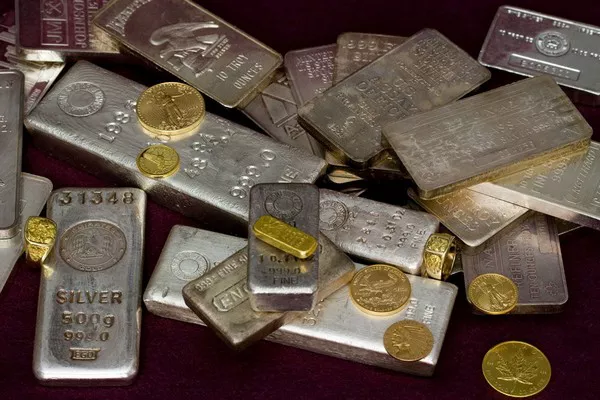When it comes to choosing between platinum and white gold for jewelry or investment purposes, many factors come into play, including price, durability, and aesthetic appeal. Both platinum and white gold offer unique characteristics and benefits, but which one is worth more? In this comprehensive guide, we will explore the differences between platinum and white gold, delve into their respective properties and values, and provide insights to help users make informed decisions when considering these precious metals.
Understanding Platinum and White Gold
Before we compare the value of platinum and white gold, let’s first understand what sets them apart:
Platinum: Platinum is a rare and precious metal known for its strength, durability, and lustrous appearance. It is naturally white in color and does not require rhodium plating to maintain its white finish. Platinum is denser and heavier than gold, making it ideal for intricate jewelry designs and settings.
White Gold: White gold is an alloy of yellow gold and other white metals, such as silver, palladium, or nickel. It is coated with a thin layer of rhodium to achieve its bright white finish, similar to platinum. White gold is more affordable than platinum and offers a versatile alternative for those seeking a white metal option.
The Value of Platinum vs. White Gold
Now, let’s compare the value of platinum and white gold based on various factors:
Price: Platinum is generally more expensive than white gold due to its rarity, density, and purity. The price of platinum per ounce typically exceeds that of gold, making platinum jewelry and bullion costlier than their white gold counterparts.
Durability: Platinum is renowned for its exceptional durability and resistance to tarnishing, corrosion, and wear. It is hypoallergenic and retains its shine and luster over time, making it a popular choice for engagement rings and wedding bands. White gold, while durable, may require periodic re-plating with rhodium to maintain its white color and appearance.
Purity: Platinum jewelry is typically purer than white gold jewelry. Platinum jewelry is commonly alloyed with other platinum group metals, such as iridium, ruthenium, or palladium, to enhance its strength and durability. White gold, on the other hand, is often alloyed with nickel, which can cause allergic reactions in some individuals.
Weight and Density: Platinum is denser and heavier than gold, giving it a substantial feel and heft. While this may contribute to its luxurious appeal, it also adds to the cost of platinum jewelry and bullion compared to white gold, which is lighter and less dense.
Factors Influencing the Value of Platinum and White Gold
Several factors can influence the value of platinum and white gold, including:
Market Demand: Changes in consumer preferences and market demand can impact the prices of platinum and white gold. Shifts in fashion trends, economic conditions, and geopolitical events can influence the desirability and perceived value of these precious metals.
Mining and Production Costs: The costs associated with mining, refining, and processing platinum and white gold can affect their market prices. Factors such as labor costs, energy prices, and environmental regulations can impact production costs and, subsequently, the value of these metals.
Currency Fluctuations: Exchange rate fluctuations and currency movements can influence the prices of platinum and white gold, particularly in international markets. Changes in the value of the US dollar and other major currencies can affect the prices of precious metals denominated in those currencies.
Conclusion
In conclusion, the value of platinum and white gold depends on various factors, including price, durability, purity, and market demand. While platinum is generally more expensive and durable than white gold, both metals offer unique characteristics and aesthetic appeal. Ultimately, the choice between platinum and white gold comes down to personal preferences, budget considerations, and intended use. Whether you’re shopping for an engagement ring, investment bullion, or a piece of fine jewelry, understanding the differences between platinum and white gold can help you make an informed decision that aligns with your needs and preferences.

